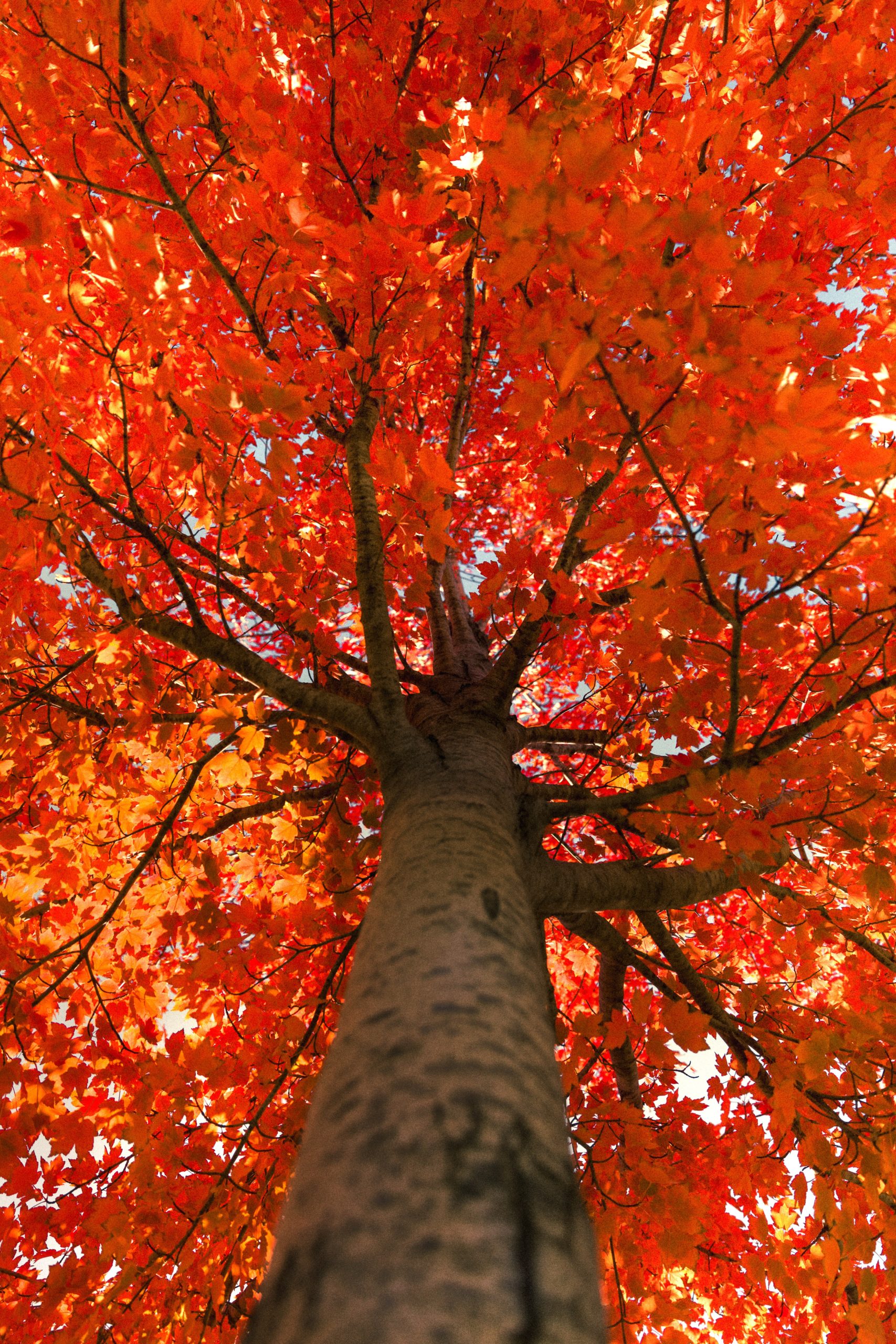
- March 24, 2023
- Growth Mode Tech
- 0
Maple trees are iconic in North America, known for their stunning fall foliage and delicious syrup.
However, over the years, deforestation and climate change have led to a decline in maple tree populations. Planting more maple trees has been suggested as a way to repopulate North America, but how efficient is this solution? In this blog, we will explore the efficiency of planting maple trees to repopulate North America.
Benefits of Maple Trees
Before we dive into the efficiency of planting maple trees, it is essential to understand the benefits they provide. According to The Maple Society North America, there are over 120 wild species of maple growing in Europe, North America, Asia, and Africa. Maple trees are known for their ability to absorb and store carbon dioxide, making them an essential tool in combating climate change. Furthermore, they provide habitat for wildlife and can prevent soil erosion. Lastly, they have a significant economic impact, with maple syrup production generating millions of dollars in revenue every year.
Efficiency of Planting Maple Trees
Planting maple trees is a viable solution to repopulate North America, but it is not the most efficient solution. Maple trees have a slow growth rate, taking several years to mature, and they require specific soil and climate conditions to thrive. Planting maple trees in areas where they cannot grow will lead to a waste of resources.
Furthermore, planting maple trees alone will not solve the issue of deforestation and climate change. It is essential to plant a diverse range of trees that can adapt to changing climate conditions and provide different ecological benefits.
Alternatives to Planting Maple Trees
Planting trees in general is a crucial solution to repopulating North America, but other types of trees may be more efficient. Fast-growing species such as poplars and pines can provide similar ecological benefits and absorb carbon dioxide at a faster rate. Additionally, planting a diverse range of trees will create a more resilient ecosystem and ensure that the area can adapt to changing climate conditions.
Conclusion
In conclusion, while planting maple trees is a viable solution to repopulate North America, it is not the most efficient solution. Maple trees have a slow growth rate and require specific soil and climate conditions to thrive. However, planting a diverse range of trees, including fast-growing species, can provide similar ecological benefits and create a more resilient ecosystem. Ultimately, reforestation efforts should focus on planting trees that are well-suited to the specific area and can provide the most significant ecological benefits.
Sources:
“About: Maple Society North America.” My Site, https://www.maplesocietynorthamerica.org/about.

Looking for a way to make your company Go Green?
Growth Mode Technologies is offering the Green Mode Tech Program. For more information you visit the Green Mode Tech page.



